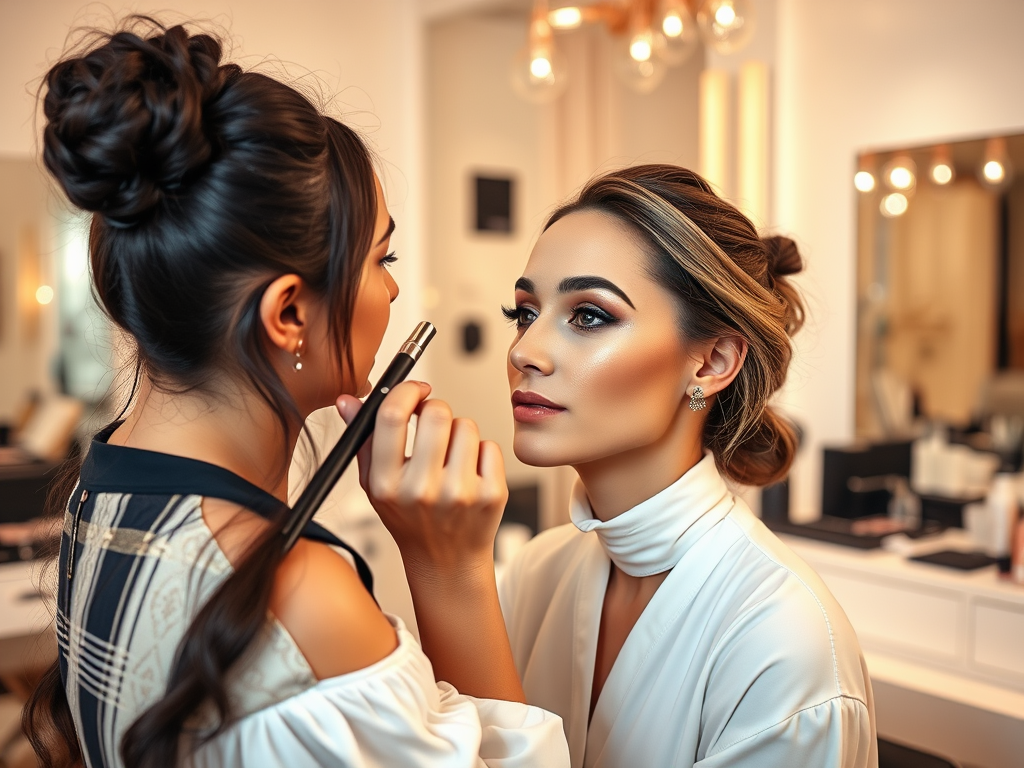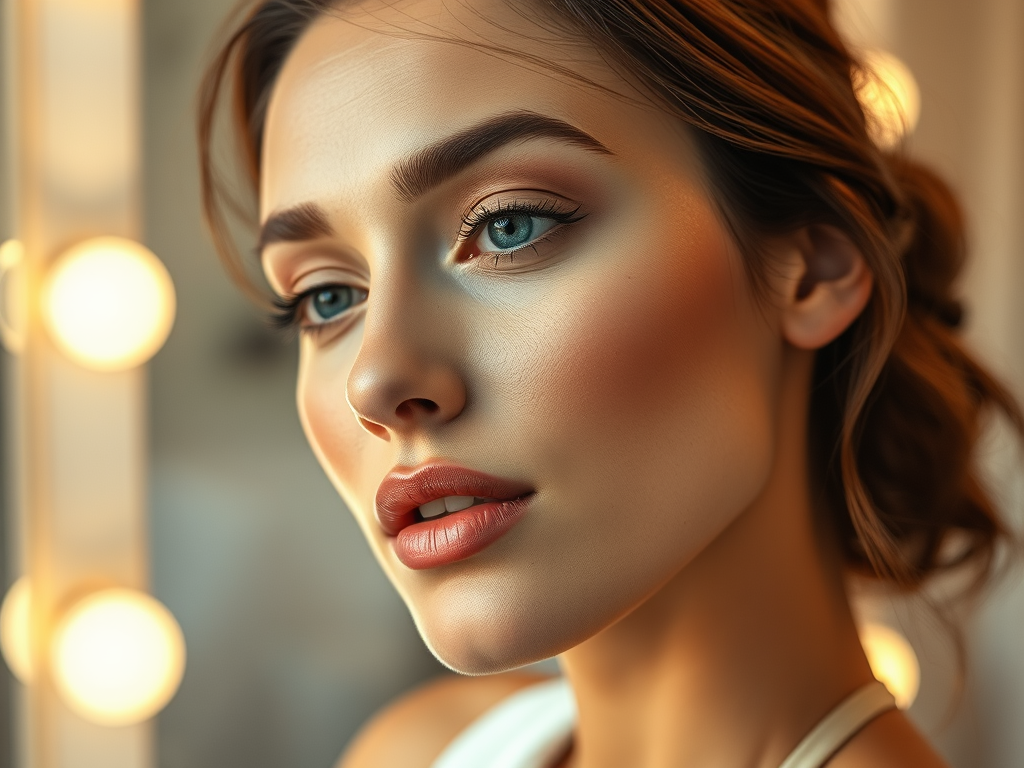Makeup is an art form that allows individuals to express themselves, enhance their features, or completely transform their appearance. However, not every application results in an appealing finish. Two terms often thrown around in the beauty community are “cakey makeup” and “flawless makeup.” While they describe two vastly different approaches and outcomes, understanding their nuances can empower makeup enthusiasts to achieve their desired look. This article will explore the characteristics, techniques, and ideal situations for both makeup styles, helping you make informed choices the next time you’re in front of the mirror.
Understanding Cakey Makeup

Cakey makeup is characterized by a thick, heavy layer of foundation that often leaves the skin looking unnatural and unsettled. This effect can detract from a polished appearance, making the skin appear more textured rather than smooth. Cakey makeup can arise from several common causes, including the selection of the wrong products, poor application techniques, and not taking your skin type into account. When makeup is improperly layered or built up, it can lead to that undesirable thick appearance. Additionally, environmental factors like humidity or heat may exacerbate the issue, making it crucial to adapt your makeup routine to varying conditions.
Even in situations where you might want your makeup to stand out, cakey appearances can present problems. For instance, during photoshoots or events in bright lighting, heavy application may reveal those patchy layers. Understanding these pitfalls is essential in avoiding cakey makeup, which can undermine your confidence and overall look.
- Visible texture on the skin that highlights imperfections
- Creasing or settling into fine lines around areas like the eyes and mouth
- An unnatural appearance that lacks luminosity and depth
Exploring Flawless Makeup

In contrast, flawless makeup aims to create a smooth, even complexion that appears as if it were naturally radiant. It highlights the skin’s natural beauty rather than masking it with layers of product. Achieving a flawless look involves a combination of effective skin preparation, strategic product application, and seamless blending techniques. The choice of products plays a significant role; lighter formulations that allow the skin to breathe can make a world of difference. Properly prepping your skin can enhance the appearance of your makeup significantly, so investing in this foundational step is key.
Another foundational rule for a flawless finish is skin hydration. When your skin is adequately moisturized, it not only provides a better canvas for makeup application but also helps to eliminate dry patches that can lead to a cakey appearance. This step should not be overlooked, as it forms the basis of a long-lasting, beautiful look.
- Start with a quality skincare routine: cleanse, exfoliate, and moisturize.
- Use a primer suited to your skin type to create a smooth base.
- Choose foundations that are lightweight but buildable, applied with a damp sponge or brush for even coverage.
| Makeup Type | Characteristics | Best Situations |
|---|---|---|
| Cakey Makeup | Thick application, visible texture, unnatural finish | Photoshoots, formal events |
| Flawless Makeup | Lightweight, seamless, radiant finish | Everyday wear, special occasions |
Comparing Cakey Makeup and Flawless Makeup
When contrasting cakey and flawless makeup, the outcome of each style is drastically different. Cakey makeup may provide a more dramatic look but often comes at the cost of wearability and comfort. On the other hand, flawless makeup caters to a more natural aesthetic that enhances the wearer’s features beautifully. Environmental considerations like humidity can significantly affect which makeup style is most feasible. For example, excessive heat may lead to break down or fading of heavier foundations.
Ultimately, personal preferences and the occasion at hand will dictate which style is appropriate. Some individuals may thrive in a dramatic look for certain events, while others may favor an everyday, natural appeal. Recognizing the distinct qualities of each approach is pivotal for any makeup artist or enthusiast.
Conclusion
In summary, understanding the differences between cakey and flawless makeup can significantly improve your application techniques and outcomes. While cakey makeup can serve specific dramatic purposes, it often lacks the versatility needed for daily wear. On the other hand, flawless makeup emphasizes a luminous, skin-like finish that many people aspire to achieve. As you explore various makeup styles and techniques, remember to tailor your application based on your unique skin type and the occasion, allowing for a beautifully curated aesthetic.
Frequently Asked Questions
- What causes cakey makeup? Cakey makeup is often caused by applying too much product, not blending properly, or using products on dry skin.
- How can I avoid cakey makeup? To avoid cakey makeup, stick to hydrating products, utilize the right tools, and focus on thorough blending.
- What products are best for a flawless makeup look? Lightweight foundations, good setting sprays, and appropriate primers for your skin type can help achieve a flawless appearance.
- Can I achieve a flawless look with drugstore products? Absolutely! Many drugstore brands offer quality products that can help deliver a flawless finish.
- How does skin type affect makeup application? Different skin types may require tailored products; oily skin often needs mattifying products, while dry skin benefits from hydrating formulas.
